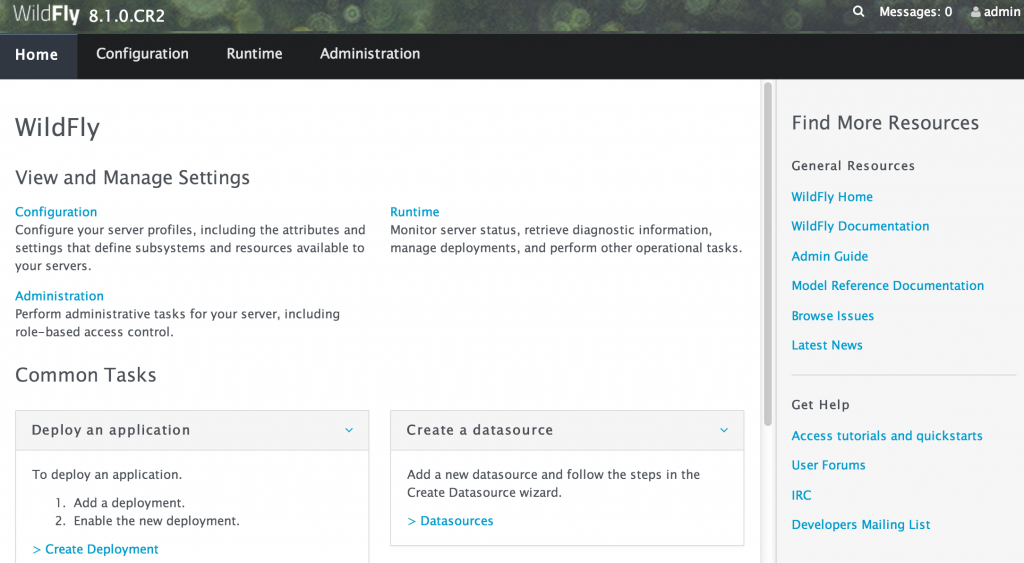
JUDCon is JBoss User Developer Conference and an event where JBoss users, developers, and community members meet to talk about anything and everything on JBoss technologies.
JUDCon India concluded earlier this year and JUDCon Boston is coming later this month. However the two events differ in their format. The first one was like a normal conference with a 2 day event, multiple tracks, multiple talks on different JBoss technologies per tracks, each talk being given by a speaker. There were usual hands-on labs, networking, etc.
JUDCon Boston is different, its a one day only event and focuses only on mobile technologies. And instead of talks where the user is mostly in a listen-only mode or sometimes swiping-through-my-phone mode depending upon the talk/speaker/time, it will be a structured hackfest with some micro-presentations to provide the background. Participants will come with their laptops and be able to build a mobile application using JBoss technologies such as AeroGear, Apache Cordova, KeyCloak, and OpenShift.
And the price point is just unimaginable, just $20 for full day of geekgasm!
When ? Jun 28, 2014
Where ? Boston, MA
Register ? Eventbrite
Without giving away too much details, lets hear it from Andrew Rubinger who is driving JUDCon Boston 2014.
If you are interested in a particular topic, jump to the timeline as shown below:
00:20: Introduction
01:29: History of JUDCon
03:09: How DevNation was formed and how are they different
06:18: JUDCon Boston
07:44: Who are the speakers
09:25: Future plans
11:34: How much networking opportunities ?
13:32 Where do you register ?
Also read Mark Little’s blog for more details.
Register for JUDCon Boston here. Lets build an app together ![]()

















